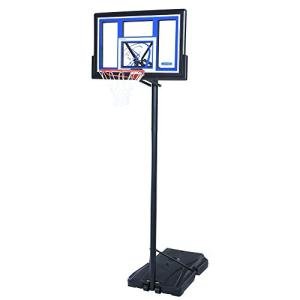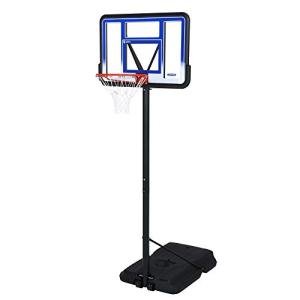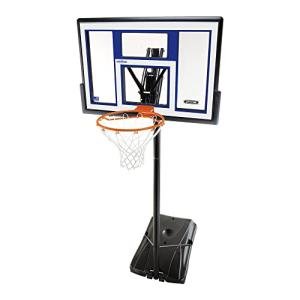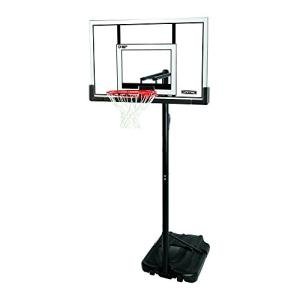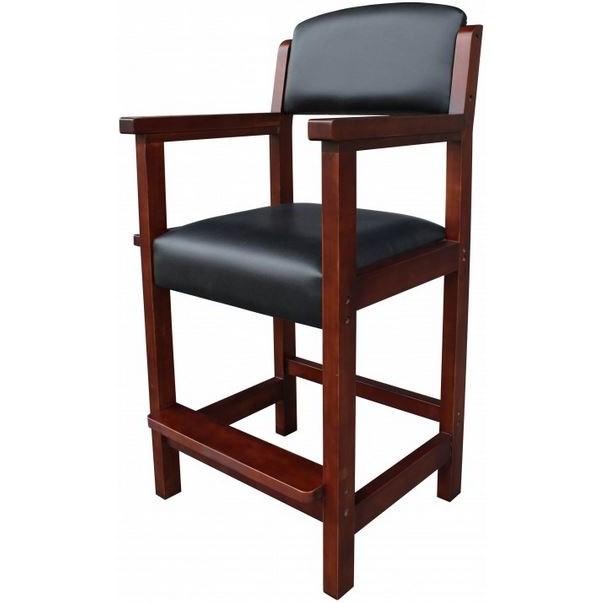Basketball System Assembly
Plan on getting a basketball hoop from this year? Don’t let assembly of the system slow down or ruin your excitement. Here is some helpful tips that will help you during your assembly process.
Read All of Your Instructions for Assembling Your Basketball Hoop
When assembling your system, you might find a step that you recognize that parts for and can visualize how they fit into the completed goal. If this happens to you, you might be tempted to proceed with what seems an obvious step in the assembly without actually reading the directions. While you might luck out and get the step completed properly sometimes, this is definitely not advisable. Manufacturers sometimes puts little notes on certain steps that will direct you to do or not to do something until something else is completed. For instance, you might read a note that says “Do not tighten bolts until assembly is complete”; or “Before completing this step, make sure you do ‘this or that thing’ first.” By reading the instructions all the way through, you will save time by not having to redo steps when you inevitably get to a step that is not completable based on a previous step not being followed correctly.
InGround Basketball Hoop Tips
The most important thing I can suggest here is that if you are ordering an inground system and you want the assembly complete for an event, you will need to start several days earlier (longer if the weather does not cooperate). For instance, when assembling an in ground basketball system you will need about 72 hours for the cement to set for the inground portion of the system, even when using a ground sleeve. Plan ahead, and start assembly with enough time for all steps to be completed properly. You do not want to rush assembly of your system and have it set incorrectly.
Portable Basketball Hoop Tips
For a portable system, you ought to mainly consider what you will use to fill your base. Generally, bases of portable goals are filled with water. Water is the easiest to fill and unfill with these types of systems. However, water does have some draw backs. For instance, if your climate where you live has freezing temperatures during any part of the year, you risk damaging the base when the water expands. Manufacturers make several recommendations for dealing with water-filled bases; the key is simply doing something that avoids the water freezing. An alternative to this is sand. Sand is not a cure all per se. Sand tends to weigh about 1.5 times that have the base filled with water – depending on the density of the sand you use. So, the plus-side to sand is a heavier, more stable base and no freezing worries. The minus-side is the heavier base is much more difficult to move around and harder to put into the base. Choose wisely.

